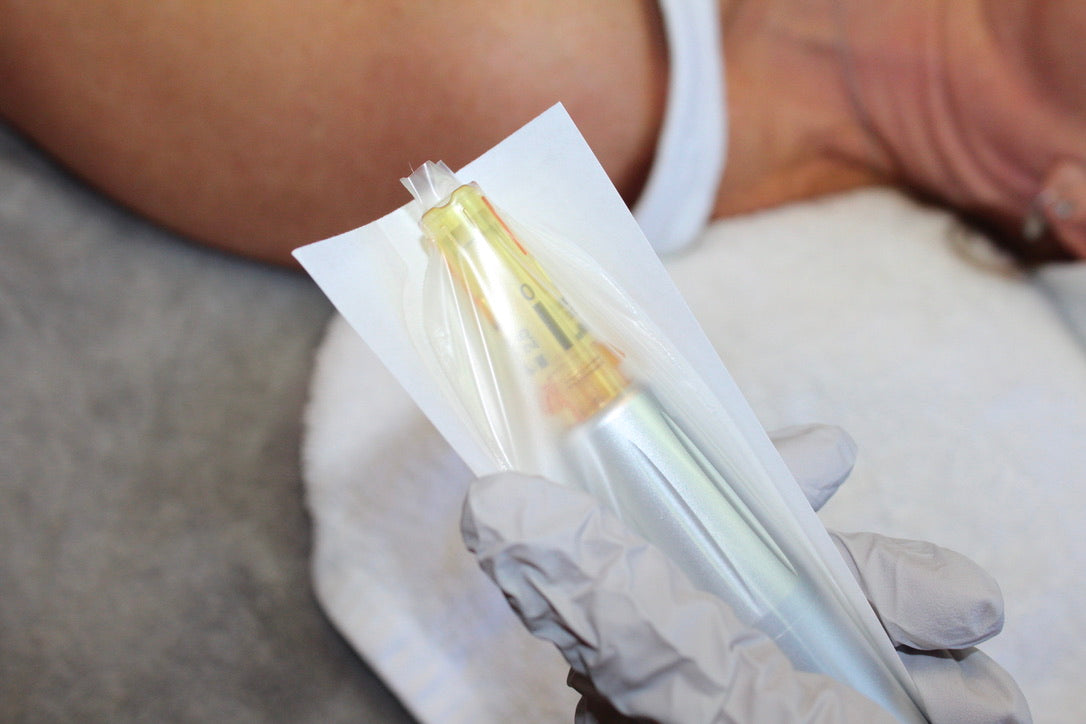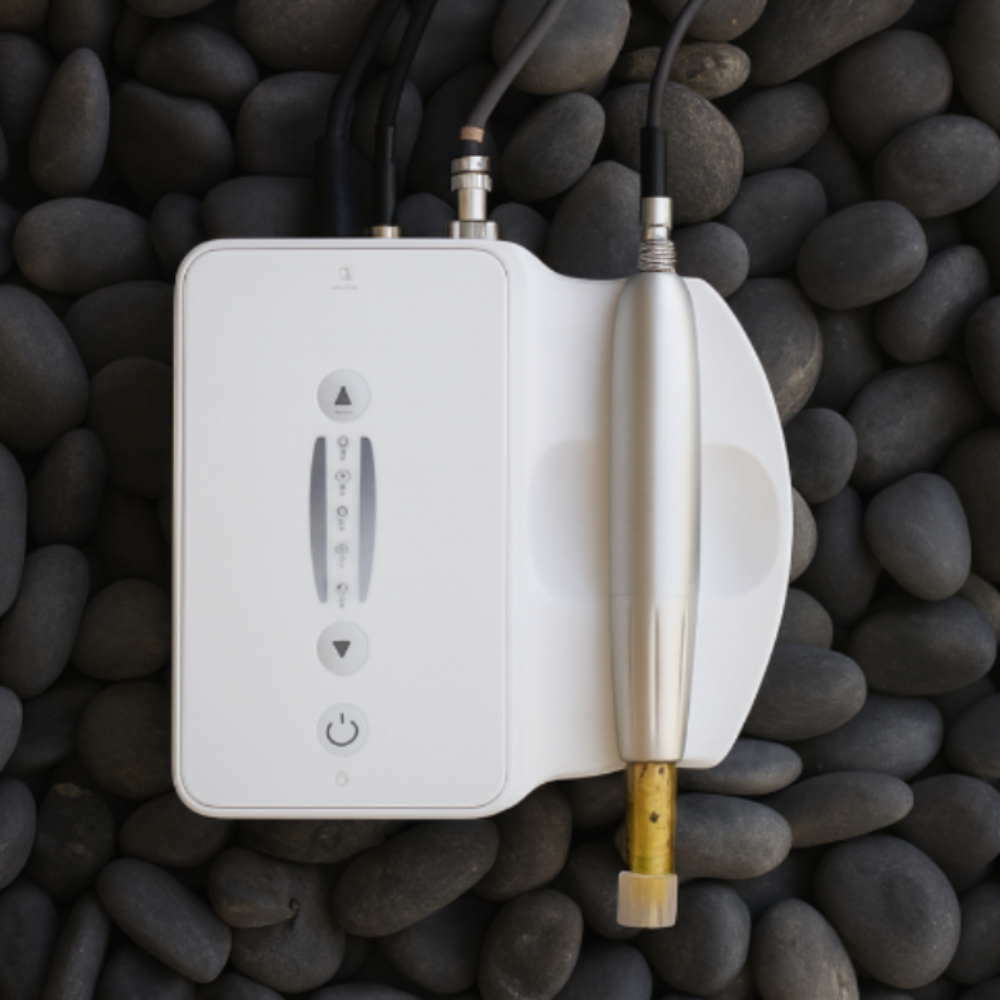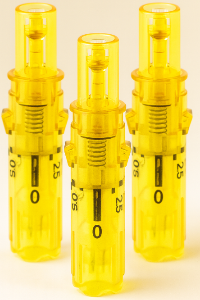Fractional Dermabrasion vs Fractional Laser Therapy
Casey Isom |
Most aesthetic medical devices operate on the principle that controlled wounding of skin and underlying tissue will cause a healing response, stimulating neocollagenesis and the creation of healthier-looking skin. Fractional laser therapy is the controlled creation of patterns of microscopic wounds in the skin via laser, each surrounded by islands of healthy tissue from which relatively rapid re-epithelialization and healing can begin. Light energy is converted to heat resulting in the coagulation of proteins and, depending on the device, ablative damage as well. Collagen growth is stimulated and over time a marked increase in collagen is seen.
There is a wide variety of fractional laser devices on the market and they differ in a variety of ways, most notably in the wavelength employed in the device and the scanning technology. Wavelength accounts for the way laser energy affects the skin and the character of each wound; the diameter and depth of each microwound, as well as any collateral thermal damage seen in surrounding tissue, are key factors that depend on the absorption spectrum of each wavelength. The scanning technology determines the pattern, speed, and order of the creation of each wound in a treatment spot; the purpose of modulating those factors is to control unwanted buildup of heat which may affect treatment comfort or the quality of the outcome. As such, devices employing different wavelengths and scanning technology will be better for different indications.
Despite its popularity, fractional laser therapy is a technically complicated way of doing what can be achieved simply with Dermapen. The proper use of each device demands a high level of education, training, and experience. Users must understand how and why to adjust various treatment parameters depending on the indication as well as the patient’s individual characteristics. For patients with darker skin, especially Asians, use of lasers is problematic due to the high levels of melanin as a competing chromophore and the increased potential for side effects, especially post-inflammatory hyperpigmentation (PIH).
Percutaneous collagen induction (PCI) can be viewed as a simple alternative to fractional laser therapy.
Depth of damage is controlled by choice of microneedle length. The spacing of wounds or order in which they are created doesn’t matter, because collateral thermal damage or treatment discomfort due to heat buildup is not an issue. Skin color is not a factor in treatment the way it is with any laser therapy. And while marked increase in collagen is seen with Dermapen therapy, inflammation is minimal, thus side effects are minimal and safety is greater. Additionally, the simplicity and safety of Dermapen microneedle therapy make it easy to delegate to ancillary staff with confidence.
| Dermapen® Microneedling Devices are exclusively sold to Medical and Skin Care Professionals. Use the form to the right to get started finding a Certified Dermapen® practitioner in your area. |
| Medical Clinics and Spas can offer their patients the worlds most advanced microneedling treatments with Dermapen |
| The Dermapen Microneedling Pen provides an unparalleled response through the segmented delivery of microneedles, creating micro injuries to the epidermis (outer layer of skin) and dermis (the inner layer of skin). As a result, the micro injuries encourage the body’s innate ability to repair itself. | Every Dermapen tip is outfitted with 12 needles and features our patented technologies, which include SureSpace™ and SafLok™. Accordingly, these safety enhancements can be found in every Dermapen needle tip and pen. | Furthermore, by using SureSpace™ and SafLok™ microneedling pen technologies, practitioners can deliver their patients the safest microneedling treatment possible, while getting the best microneedling results for their patients. |



